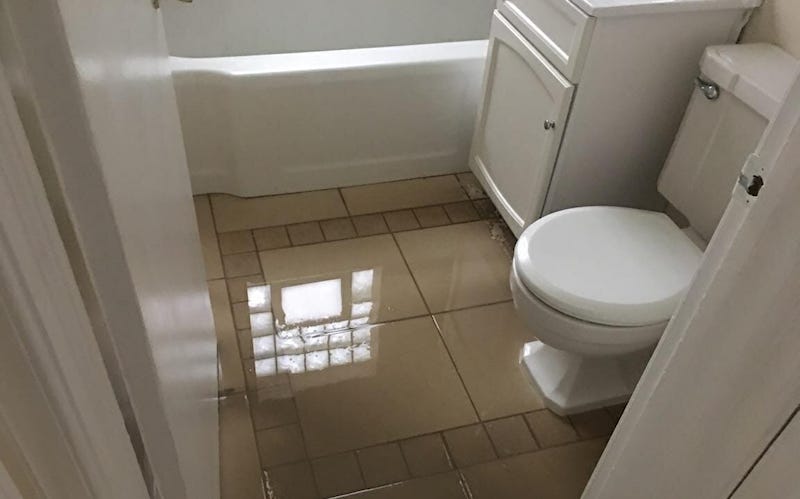Dealing with a bathroom pipe burst can be one of the most stressful situations in your household. Whether it’s caused by a sudden increase in water pressure or freezing temperatures, the damage can be extensive. As industrial engineers, it’s crucial to understand the dynamics of a pipe burst to prevent future occurrences and manage the situation effectively.

What Causes a Bathroom Pipe Burst?
A bathroom pipe burst can occur due to several factors. The most common causes include:
1. Freezing Temperatures
During winter, freezing temperatures can cause the water inside pipes to freeze. As water freezes, it expands, exerting pressure on the pipes and eventually leading to a burst.
2. High Water Pressure
Excessive water pressure can also cause pipes to burst. It’s important to monitor and regulate the water pressure in your plumbing system to prevent damage.
3. Corrosion
Over time, pipes can corrode, especially if they are made from metal. Corroded pipes are weak and prone to bursting.
Immediate Steps to Take When a Pipe Bursts
When facing a bathroom pipe burst, quick action is essential to minimize water damage. Here are steps to follow:
1. Turn Off the Water Supply
Immediately turn off the main water supply to prevent further flooding. Identify the burst pipe and isolate it if possible.
2. Drain Faucets
After shutting off the water, open faucets to drain any remaining water in the pipes. This will help reduce pressure and prevent additional bursts.
3. Dry the Area
Use towels, mops, and buckets to remove standing water. It’s crucial to dry the area quickly to prevent mold growth and further damage.
Repairing a Bathroom Pipe Burst
Once the immediate situation is under control, it’s time to repair the burst pipe. You can either call a professional plumber or undertake the repair yourself if you’re skilled in plumbing.
1. Assess the Damage
Examine the extent of the damage. If it’s a small leak, you might be able to fix it with a pipe repair kit. For more significant damage, replacement of the pipe section might be necessary.
2. Use a Pipe Repair Kit
For minor leaks, a pipe repair kit can be a quick and effective solution. Follow the instructions carefully to ensure a proper seal.
3. Replace the Damaged Pipe
For severe damage, it’s often best to replace the entire section of the damaged pipe. This task requires shutting off the water supply and using proper tools and materials.
Preventing Future Pipe Bursts
To avoid future bathroom pipe bursts, consider these preventive measures:
1. Insulate Pipes
Insulate your pipes, especially those exposed to cold temperatures. Insulation helps to maintain a consistent temperature within the pipes, reducing the risk of freezing.
2. Regulate Water Pressure
Install a pressure regulator to maintain a safe level of water pressure in your plumbing system. This can prevent over-pressurization that leads to burst pipes.
3. Regular Maintenance
Regularly check your plumbing system for signs of wear and tear. Address any issues promptly to prevent them from escalating into major problems.

FAQs on Bathroom Pipe Bursts
Why do pipes burst in bathrooms?
Pipes burst in bathrooms primarily due to freezing temperatures and high water pressure. Corrosion over time also weakens pipes, making them susceptible to bursting.
How can I prevent a pipe burst in winter?
Insulating your pipes and keeping a constant temperature in your home can prevent pipes from freezing and bursting during winter.
What immediate actions should I take if a pipe bursts?
Immediately turn off the water supply, open faucets to drain remaining water, and dry the area quickly to minimize damage.
For more tips on managing bathroom leaks, check out this guide on common bathroom water leaks.
Additionally, you can explore solutions to a dripping noise in the bathroom and learn about waterproof membranes that can prevent leaks.
This article contains affiliate links. We may earn a commission at no extra cost to you.



